By: Robert Avsec, Executive Fire Officer
Concern about firefighter health and safety is not a new issue. We were talking about these topics as far back as 1981 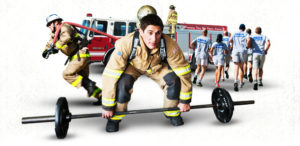 when I got my first career firefighter job with the James City County (Va.) Fire Department outside of Williamsburg, Virginia.
when I got my first career firefighter job with the James City County (Va.) Fire Department outside of Williamsburg, Virginia.
Those early years focused on protecting firefighters better from the physical hazards of firefighting and focused heavily on increased use of SCBA and personal protective equipment (PPE). There’s also been increased emphasis on continually making improvements in both of those pieces of equipment through NFPA standards and research and development by organizations such as the United States Fire Administration and manufacturers of the equipment.
Personal Responsibility
I’ve always believed that the most important aspect of better firefighter health and safety is the person who uses the equipment: the firefighter. The personal behaviors of the individual firefighter will always have the greatest influence on firefighter health and safety.
Much has been said and written over the years about compliance with departmental policy and procedures for the use of SCBA and PPE. I’m not here today to “rehash” those discussions. No, today the discussion must be about the individual firefighter’s physical condition and the impact that has on their own safety and that of their fellow firefighters.
Obesity and Firefighters
In a recent post on FireRescue1.com, Severely obese firefighters: What the data says, the authors of a study wrote: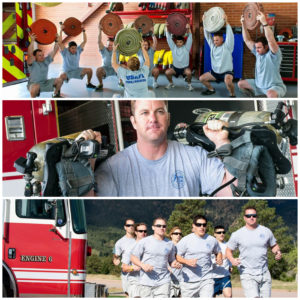
Obesity is surprisingly common in the U.S. fire service and a concern for firefighters in other developed nations. This high rate of obesity, particularly for U.S. firefighters, results in significantly reduced fitness and readiness.
It also likely contributes to the leading cause of firefighter line-of-duty deaths and sudden cardiac death. And obesity has been linked to several other negative occupational outcomes for firefighters such as increased injury risk, lost work days and disability due to injury, cardiovascular disease and sudden cardiac death.
Is it any wonder that the number of annual fire service line-of-duty deaths (LODD) from cardiovascular disease and sudden cardiac death and other medical conditions have now surpassed LODDs from fire combat operations?
Why are we accepting this risk?
Those comments should be extremely frightening to all firefighters, fire service leaders and the families of those 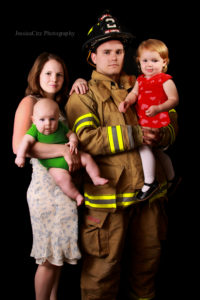 firefighters. Why are so many firefighters needlessly putting themselves at risk? Why are fire department leaders allowing firefighters to put other firefighters at risk and exposing the department to possible litigation (for knowing of a risk and not taking steps to manage the risk)?
firefighters. Why are so many firefighters needlessly putting themselves at risk? Why are fire department leaders allowing firefighters to put other firefighters at risk and exposing the department to possible litigation (for knowing of a risk and not taking steps to manage the risk)?
And why are firefighters exposing their families to the risk of losing a spouse, a parent, and the primary (in many cases) breadwinner for their family (Disclaimer: I’m not being sexist in any of this because only men were included in the firefighter obesity study. Assessments with female firefighters were not presented–in the study– due to their low representation (less than 5 percent) in all of the studies).
Firefighter Fitness and Health Programs
The NFPA just released it fourth needs assessment for the U.S. fire service (Following similar assessments conducted by NFPA in 2001, 2005 and 2010). One of the survey questions asked whether departments have a program to maintain basic firefighter fitness and health, such as is required in NFPA 1500, Standard on Fire Department Occupational Safety and Health Program.
Overall, just 27% of the responding departments have a program to maintain basic firefighter fitness 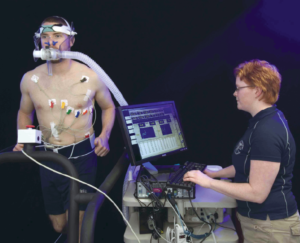 and health, up from 20% in 2001 and down from 30% in 2010 (Based upon the 4,871 departments reporting on this question). The report’s authors have projected that 62 percent of all firefighters in the U.S. (716,000 firefighters) are working in departments that do not have a program for maintaining basic firefighter health and fitness.
and health, up from 20% in 2001 and down from 30% in 2010 (Based upon the 4,871 departments reporting on this question). The report’s authors have projected that 62 percent of all firefighters in the U.S. (716,000 firefighters) are working in departments that do not have a program for maintaining basic firefighter health and fitness.
NFPA’s “Fourth Needs Assessment of the U.S. Fire Service” (PDF)
I strongly encourage all firefighters and fire service leaders to read both the FireRescue1.com article, , and the NFPA Needs Assessment Report in their entirety. There an abundance of good information for individuals and departments to become informed and educated on this topic. The latter portion of the article includes some positive actions that departments and individuals can start taking to appropriately manage firefighter health and fitness risks.
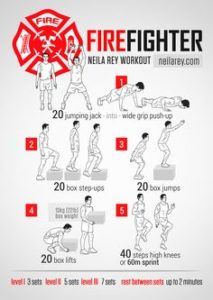
 Fire & EMS Leader Pro The job of old firefighters is to teach young firefighters how to become old firefighters!
Fire & EMS Leader Pro The job of old firefighters is to teach young firefighters how to become old firefighters!